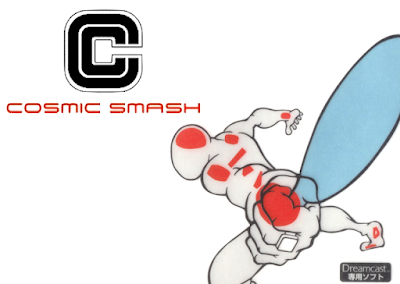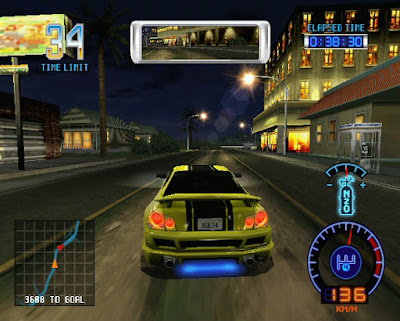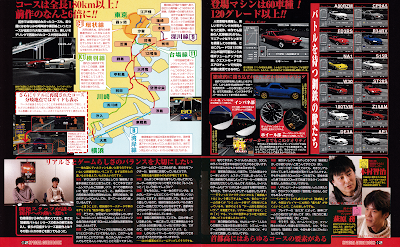Cosmic Smash is set to 'return' to consoles in February 2023. I emphasise 'return' because Cosmic Smash is a game few people outside Japan ever really got to play; and the usual (predictable) swarm of attention is now in full swing. Sega knows what it is doing with this type of release. It can't have gone unnoticed that anything even remotely connected to the Dreamcast gets vast swathes of gushing real estate on pretty much every gaming or tech blog now; and this latest Cosmic Smash related news will no doubt have people foaming into their cornflakes.
There is a whole new generation of gamers (spenders) out there who want to know more about these enigmatic Dreamcast games which are - in the main - really poorly documented outside of fan blogs and forums. Luckily, this fan blog is still going.
Back in 2015 we covered Cosmic Smash, and I also wrote about it in issue 179 of the physical magazine Retro Gamer. Ultimately though, what you need to know is that it is a take on Pong or Breakout, where you control a humanoid player with a racquet, smashing a ball against a wall and various blocks that form ahead of you. It also looks like Rez. A bit. Using the parameters of the court, you can fling your character into multiple impossible shapes, hitting the ball back and advancing though the stages via the Passageway as a passenger on the Cosmic Bus. I've used this piss-poor 'joke' before but I'll be damned if I'm not using it again: you wait for one Cosmic Bus, and then two turn up at once. Literally just after you've received the Call of Chuthlu and realise it's a wrong number. I refuse to be stopped.
Right then, Cosmic Smash is apparently coming back as a VR game, titled C-Smash VRS. As an exclusive for the PlayStation VR 2. Sony or Sega or someone tweeted a countdown timer a few weeks ago but we already knew what it was after glancing at it for about 3 milliseconds. And now there's been some sort of official announcement. If I'm honest, I don't really care. Cosmic Smash on the Dreamcast was/is alright, but only in a sort of 'Virtua Tennis against a wall' type way. I don't really know what else to say about it to be honest. It's certainly not a game worth all the hype it is currently (at the time of writing) getting.
I find Cosmic Smash to be a pretty boring experience personally. Once you get over the fact that you're controlling a transulcent person who appears to have no small intestine or anus (would have been way more interesting if he did - I'd love to know what he had for his tea), then you mainly spend your time trying to hit a ball back and forth against a wall and jumping round experimenting with ways you can hit a ball back and forth. People only play squash for a finite amount of time because it isn't that interesting. But this is purely my opinion, and I am wrong on many occasions.
That said: Cosmic Smash in VR could be very cool. The virtual reality tennis games I have had the pleasure of waving a paddle/shoe around in have been enjoyable. Leaping from couch to wall and then onto the ceiling while wearing a VR headset; and being generally athletic could be just the thing needed to give the VR scene the kick up the arse it needs. Oh, and C-Smash VRS looks to include a multiplayer option too (Cosmic Smash on Dreamcast is a single player affair). C-Smash VRS might be the very title VR needs to put a fire under it.
It's nice that Sega is finally looking to games in its back catalogue that aren't Sonic or Mega Drive titles; but can we be honest here? Yes lets. Sega needs to license/resurrect Sega GT, Daytona USA, Fighting Vipers, Jet Set Radio, Spirit of Speed 1937, NiGHTS, Burning Rangers, Skies of Arcadia, Virtua Cop, Golden Axe...before looking to Cosmic Smash. Even the most diehard Dreamcast fans don't really consider Cosmic Smash a Dreamcast classic. Might as well revive Soul Fighter or Hoyle Casino.
Go and get hyped over at Polygon or Eurogamer or Reddit if you're that bothered. I'm not, because I can barely afford my electricity bill, let alone a PlayStation VR 2. That said, do feel free to check out our previous article on Cosmic Smash and the multiple hidden characters only revealed 16 years later by Jeremy Hobbs.
The C-Smash VRS website is here.



.png)













.png)















.png)


















